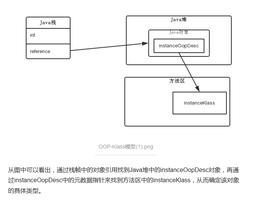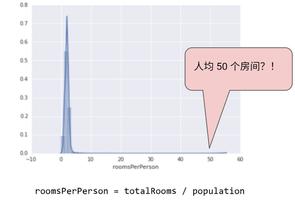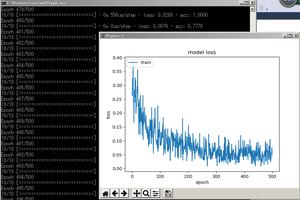浅谈keras的深度模型训练过程及结果记录方式
记录训练过程
history=model.fit(X_train, Y_train, epochs=epochs,batch_size=batch_size,validation_split=0.1)
将训练过程记录在history中
利用时间记录模型
import time
model_id = np.int64(time.strftime('%Y%m%d%H%M', time.localtime(time.time())))
model.save('./VGG16'+str(model_id)+'.h5')
保存模型及结构图
from keras.utils import plot_model
model.save('/opt/Data1/lixiang/letter_recognition/models/VGG16'+str(model_id)+'.h5')
plot_model(model, to_file='/opt/Data1/lixiang/letter_recognition/models/VGG16'+str(model_id)+'.png')
绘制训练过程曲线
import matplotlib.pyplot as plt
fig = plt.figure()#新建一张图
plt.plot(history.history['acc'],label='training acc')
plt.plot(history.history['val_acc'],label='val acc')
plt.title('model accuracy')
plt.ylabel('accuracy')
plt.xlabel('epoch')
plt.legend(loc='lower right')
fig.savefig('VGG16'+str(model_id)+'acc.png')
fig = plt.figure()
plt.plot(history.history['loss'],label='training loss')
plt.plot(history.history['val_loss'], label='val loss')
plt.title('model loss')
plt.ylabel('loss')
plt.xlabel('epoch')
plt.legend(loc='upper right')
fig.savefig('VGG16'+str(model_id)+'loss.png')
文件记录最终训练结果
logFilePath = './log.txt'
fobj = open(logFilePath, 'a')
fobj.write('model id: ' + str(model_id)+'\n')
fobj.write('epoch: '+ str(epochs) +'\n')
fobj.write('x_train shape: ' + str(X_train.shape) + '\n')
fobj.write('x_test shape: ' + str(X_test.shape)+'\n')
fobj.write('training accuracy: ' + str(history.history['acc'][-1]) + '\n')
fobj.write('model evaluation results: ' + str(score[0]) + ' ' +str(score[-1])+'\n')
fobj.write('---------------------------------------------------------------------------\n')
fobj.write('\n')
fobj.close()
以字典格式保存训练中间过程
import pickle
file = open('./models/history.pkl', 'wb')
pickle.dump(history.history, file)
file.close()
以上这篇浅谈keras的深度模型训练过程及结果记录方式就是小编分享给大家的全部内容了,希望能给大家一个参考,也希望大家多多支持。
以上是 浅谈keras的深度模型训练过程及结果记录方式 的全部内容, 来源链接: utcz.com/z/312177.html







